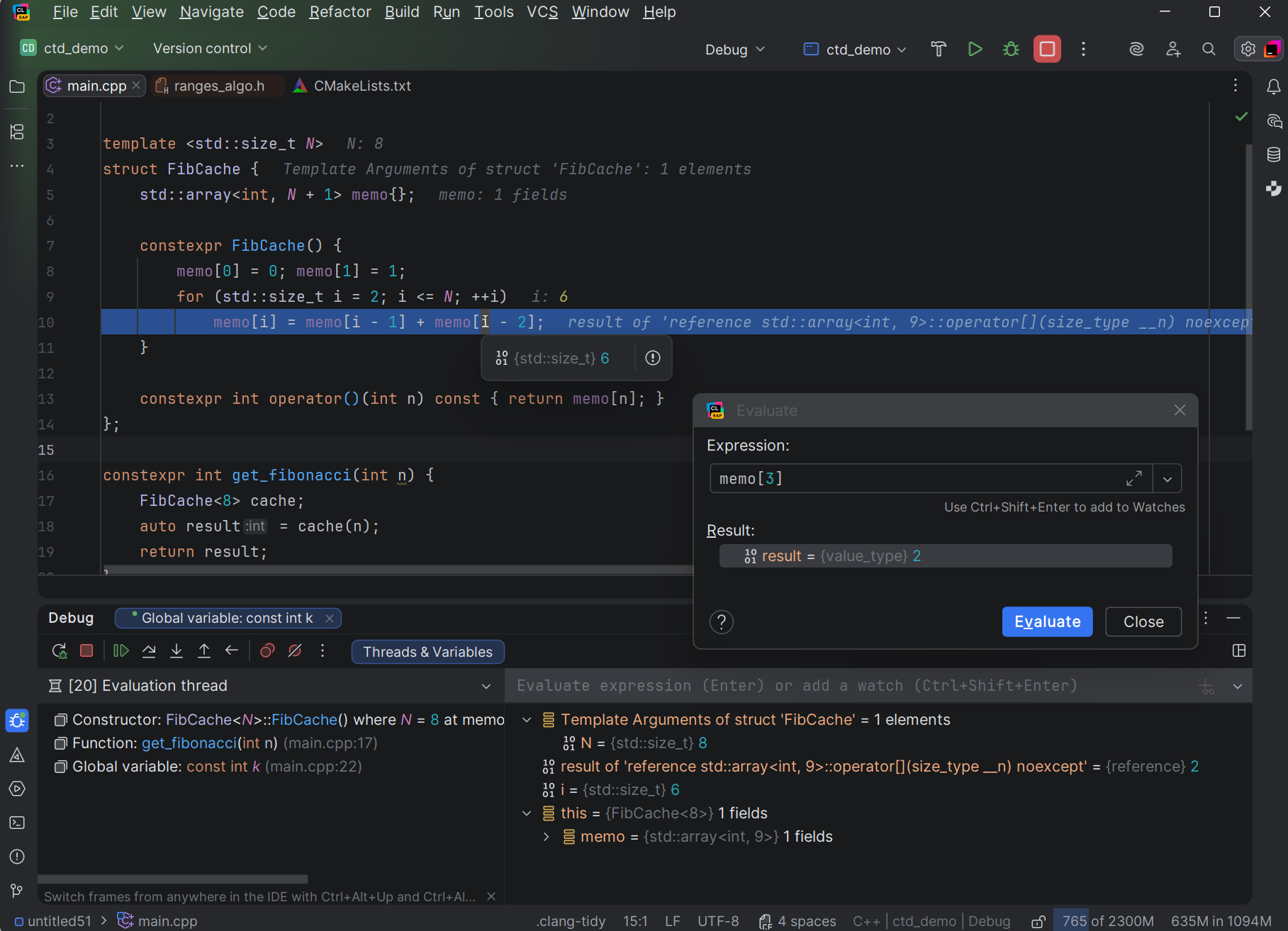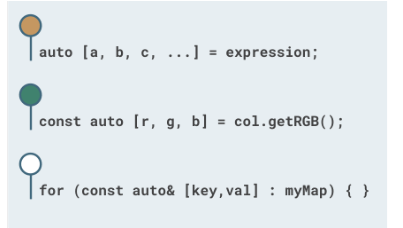Looking at binary trees in C++
While preparing a talk for Meeting C++ 2025 I've started looking into binary trees. And got curious about a different design choice.
Looking at binary trees in C++
by Jens Weller
From the article:
I'm in the process of preparing a quick talk on trees in C++ for Meeting C++ 2025. In order to see what the web offers, I've searched exactly for this, "trees in C++".
This showed that most posts found by duckduckgo or google were about binary trees, and in particular the same or similar implementation of using raw pointers for the left/right elements in the tree. Including using new to allocate for the nodes, only some times the code also bothers with using delete. The basic node class looks like this:

 The new Constexpr Debugger available in the first CLion 2025.3 EAP build allows you to stay in the compiler’s world and see what really happens – by stepping through evaluation, inspecting values, and confirming which if constexpr branch fired. Using it helps you understand exactly what the compiler is doing and fix issues faster.
The new Constexpr Debugger available in the first CLion 2025.3 EAP build allows you to stay in the compiler’s world and see what really happens – by stepping through evaluation, inspecting values, and confirming which if constexpr branch fired. Using it helps you understand exactly what the compiler is doing and fix issues faster. The goal of this mini-series is to explore the Observer Design Pattern in C++, walking through different implementations and weighing their pros and cons.
The goal of this mini-series is to explore the Observer Design Pattern in C++, walking through different implementations and weighing their pros and cons. A long-delayed dream finally came true: after years of near-misses and lessons learned (“better to be invited than sent”), I made it to CppCon—and it was bigger, louder, and more inspiring than I imagined. In this recap I share the vibe of the week, five standout talks and ideas, a few notes from my own session, and links to recordings as they appear.
A long-delayed dream finally came true: after years of near-misses and lessons learned (“better to be invited than sent”), I made it to CppCon—and it was bigger, louder, and more inspiring than I imagined. In this recap I share the vibe of the week, five standout talks and ideas, a few notes from my own session, and links to recordings as they appear. Structured binding is a C++17 feature that allows you to bind multiple variables to the elements of a structured object, such as a tuple or struct. This can make your code more concise and easier to read, especially when working with complex data structures. On this blog, we already covered this functionality, but we’ll talk about some good C++26 additions and real code use cases.
Structured binding is a C++17 feature that allows you to bind multiple variables to the elements of a structured object, such as a tuple or struct. This can make your code more concise and easier to read, especially when working with complex data structures. On this blog, we already covered this functionality, but we’ll talk about some good C++26 additions and real code use cases.